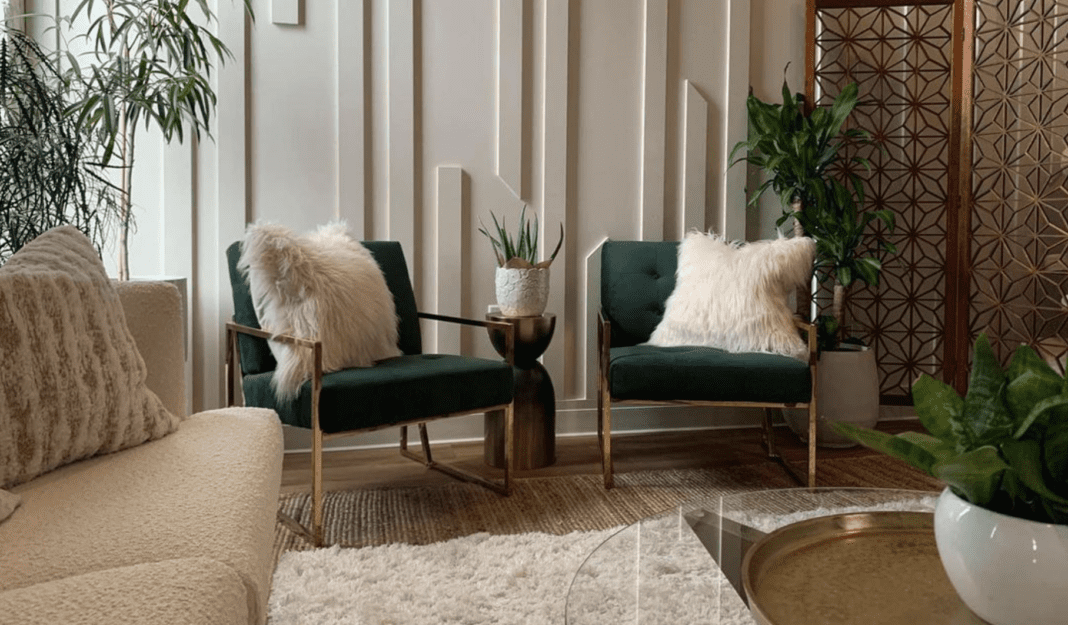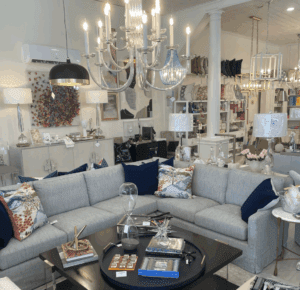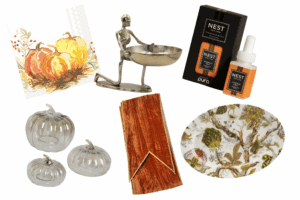These decorating mistakes are making your home look messy
Running a household is no easy task. Dishes can pile up, toys can lie about, and clutter can become a constant companion, turning our cozy spaces into disorganized eyesores. But for Sharae Hand, the interior decorator behind Interiors by Sharae, the smallest design changes can make a big difference in whether a room looks calm and collected or crazy and chaotic.
“Clutter happens to all of us—we just love stuff!” she says. “A lot of that stuff is important, whether things passed down to us or something we don’t want to get rid of for one reason or another. But once you have wall-to-wall furniture and knickknacks everywhere, it’s time to start paring things down.”
Once you take stock of what things you absolutely must keep and which things must go, Hand recommends asking yourself: “How do I want to use this space?” This means learning to plan before you buy anything new, as well as addressing your particular lifestyle. For example, is your living room a place where people sit on a couch and watch TV all the time? Or is it used primarily for sitting and talking with guests? The answer can affect the type of furniture you select as well as its placement.
“When people are trying to make paths for people to walk through a room, what usually happens is that people push all their furniture against a wall,” adds Hand. But too many things lined up along walls can give a home a warehouse-like appearance. “Ideally, you want to pull your furniture toward the center of the room, which might mean smaller furniture. It doesn’t mean you can’t have that rolled-arm couch that’s deep and cushy and perfect for naps, and it doesn’t mean you can’t have that matching armchair. It just means that you’re creating an environment that is a little more cozy or comforting or intimate, but still lets people move around. When you have people over, you can feel more together.”
In open-concept homes where clutter can be more visible to guests, Hand is a fan of a good old-fashioned rug. “It’s one of the cheapest and easiest ways to distinguish spaces from one another,” she says. “Also think about the colors you’re using. Maybe you want a bold color in the living room, or something more subtle in the kitchen. The visual difference will help break things up.”
Hand also recommends resisting the urge to display too many objects on bookshelves, overcrowd coffee tables, or throw too many pillows on a sofa. Instead, choose to display pieces that are truly important to you.
“Now when someone comes to your home, they actually can see what it is that you’re trying to communicate about your personality without you having to say anything,” she says.
Simplicity, after all, is key, with Hand leaning into the standard “rule of threes” when beginning a journey into a room’s color scheme, or when matching textures and patterns.
“Obviously you don’t have to stick to it 100 percent,” she says, “but in general you’ll want to have a main color, a secondary color, and an accent color. From there, you can play with shades within a certain tone, or create interest with texture. Famous designers have of course done a ton of cool things with loads of color and pattern—but if you’re a regular person looking for a good starting point, this is one way to do it.”
Hand also recommends tried-and-true staples like ensuring that window curtains are hung higher than your trim work to create the illusion of taller ceilings, or relying on as much natural light as possible in addition to well-placed lamps or candles to vary light sources. But Hand’s top tip for keeping your home looking neat is the simplest solution of all.
“Hide your wires,” she says. “They make Command hooks for furniture that will let you snake the wire from a lamp down the leg of a table, for example, or special tape and ties. Outside using storage baskets and bins to hide other small things like shoes and toys away, keeping your wires out of sight is one of the big things to keep in mind.”
For more information, follow along at @interiors_by_sharae.












